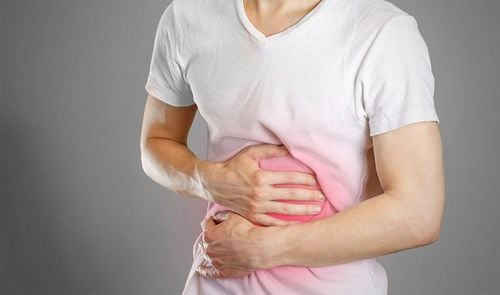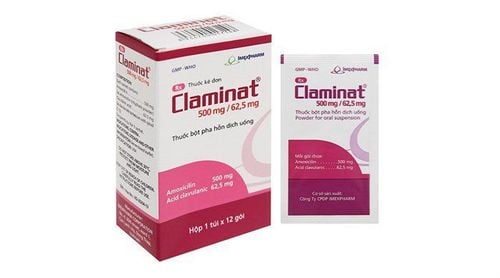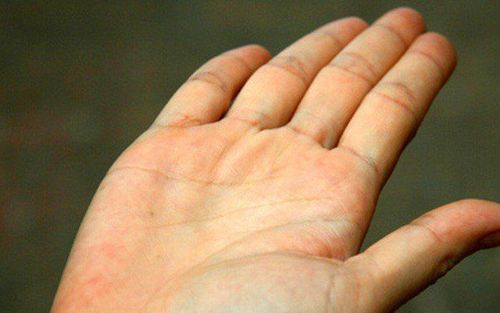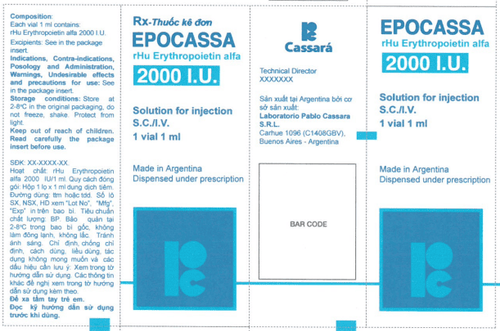This is an automatically translated article.
Posted by Doctor Ngo Van Dan - Neonatologist - Neonatology Department - Vinmec Times City International General Hospital.
Jaundice is a common disease in newborns, especially premature babies, it will be more common because the liver is not yet mature and does its job properly. If not examined and treated promptly, children can be in danger. Therefore, it is necessary to closely monitor jaundice in premature infants.
1. How is a baby considered premature?
Premature birth is when a newborn is born earlier than the expected date of birth, specifically from the 22nd week to before the 37th week of pregnancy. Accordingly, the gestational age of premature infants is classified as follows:
Late preterm birth: from 34 to 36 weeks 6 days Moderate preterm birth: from 32 to < 34 weeks Very preterm birth: ≤ 32 weeks Extremely preterm: < 28 weeks Classify premature babies by weight
Weight < 2500g: low birth weight 1000-1500g: very light Weight < 1000g: very low birth weight The organs in premature babies are not fully developed. adjusted, so the resistance is less than that of full-term infants. Premature babies will have many risks such as: respiratory failure, infection, necrotizing enterocolitis, retinopathy, chronic lung disease, etc. Therefore, special attention should be paid in the care process while lying down. hospital as well as at home.
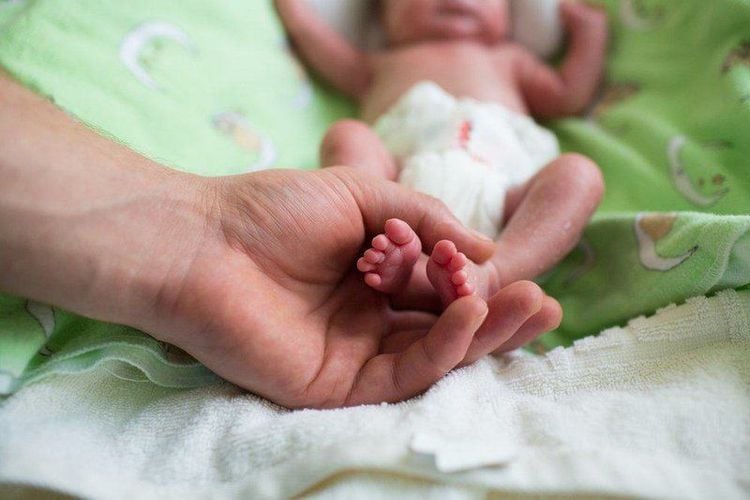
2. Why do premature babies get jaundice?
Jaundice is a common phenomenon in newborns. The main reason is that the red blood cells of the newborn are more numerous and have a shorter lifespan than the red blood cells of an adult. As a result, a large number of old red blood cells degenerate into bilirubin (a substance that causes jaundice) circulating in the blood. Normally, bilirubin will be metabolized in the liver and then excreted in the bile, into the intestines and excreted in the feces. But in newborns, especially premature babies, liver function is still poor, so it can't excrete all bilirubin and cause jaundice.
Premature babies have a higher risk of early, more severe and prolonged jaundice than full-term babies because:
The liver function of premature babies is worse. The digestive system is immature, so the amount of milk is less, poor intestinal motility makes the excretion of bilirubin slower. In addition, some premature babies have polycythemia vera (more red blood cells than normal) which increases bilirubin levels.

3. Is jaundice due to immature liver in premature babies dangerous?
Jaundice is only dangerous when the disease becomes severe and occurs early and is not detected and treated in time. Therefore, premature babies need to be closely monitored for jaundice and pay attention to some of the following:
Timing of jaundice: The earlier it appears, the greater the risk of jaundice. Gestational age of the baby: The younger the gestational age, the sooner treatment is indicated because the risk of nuclear jaundice is higher. The degree of jaundice: Depending on the level, it will decide to appoint treatment with phototherapy, blood replacement.
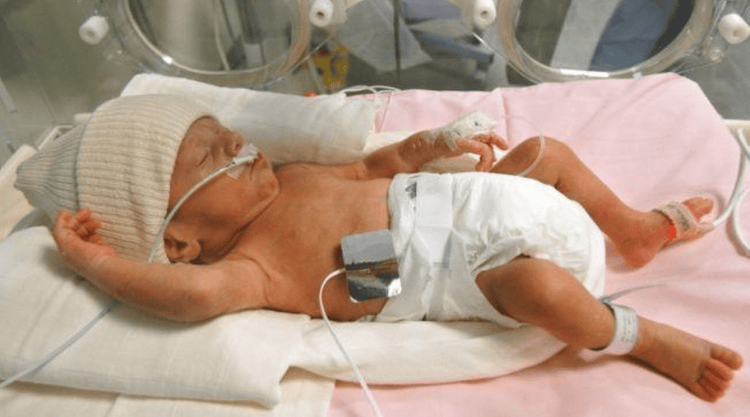
Days of age: The time of treatment is usually in the first 1-2 weeks after birth because at this time the blood-brain barrier (protecting the brain by free bilirubin) has not yet been completed, so it is easy for bilirubin to penetrate when the amount of free bilirubin is high. Other comorbidities such as: respiratory failure, infection, acidosis, ... these cases may need to be treated earlier because the child is at risk of damage to the blood-brain barrier.
4. How to take care of premature babies with jaundice
When premature babies have jaundice, parents need to pay special attention to the following care:
Breastfeed your baby more and more often to increase elimination. If the baby is being treated at the hospital, the doctor can give more fluids and feed through a nasogastric tube to ensure the right amount of food. Lying in the natural light: This has the effect of increasing the elimination of jaundice. In the case of moderate or higher jaundice with indications for phototherapy, the baby needs to be treated early.
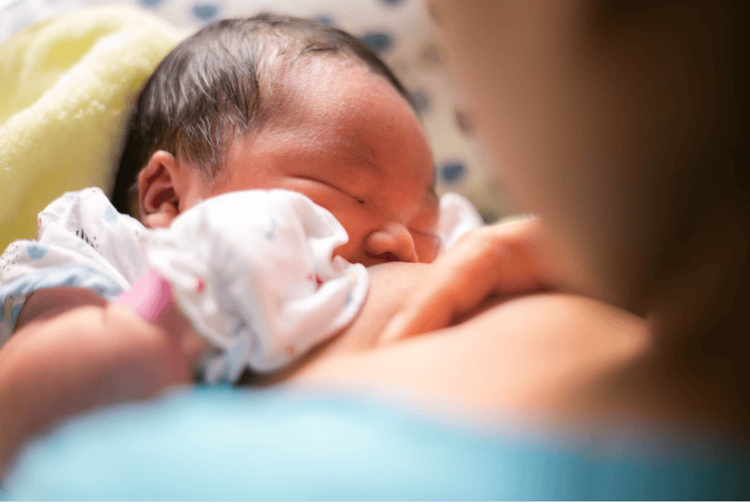
Besides, parents need to regularly monitor the baby's jaundice, observe the yellow color under natural light. If it is difficult to perceive, it can be applied by gently pressing the child's thumb into the inner skin of the thigh, holding for a few seconds and then letting go. If the finger is yellow, the child has jaundice. If the child has any abnormal symptoms, parents need to take the child to a medical facility for examination and treatment. Avoid unnecessary complications that may occur.
Pediatrics Department - Vinmec International General Hospital is the address for receiving and examining newborn diseases, including jaundice. At Vinmec, it is equipped with a safe and easy-to-implement lighting system, babies can still breastfeed when under lights, can be combined with 10% Glucose infusion. There are many types of illuminator suitable for each jaundiced object that needs to be illuminated: crib light (child lying directly on top, double lamp with upper and lower projection (used in cases where positive light is required), lamp form blankets, bags wrapped around the young (very convenient for mothers to take care of the baby: just pick it up to breastfeed and light up)
If the treatment for severe jaundice is not effective, or the child is yellow If the skin is severe to late, there is too much bilirubin in the blood, the doctor will prescribe the use of a blood transfusion as a last resort. to reduce bilirubin in the blood and thereby also reduce bilirubin outside the organization.
Please dial HOTLINE for more information or register for an appointment HERE. Download MyVinmec app to make appointments faster and to manage your bookings easily.
Distinguishing physiological neonatal jaundice and pathological jaundice
MORE:
Neonatal Jaundice What is nuclei of the brain? Distinguish between physiological neonatal jaundice and pathological jaundice






